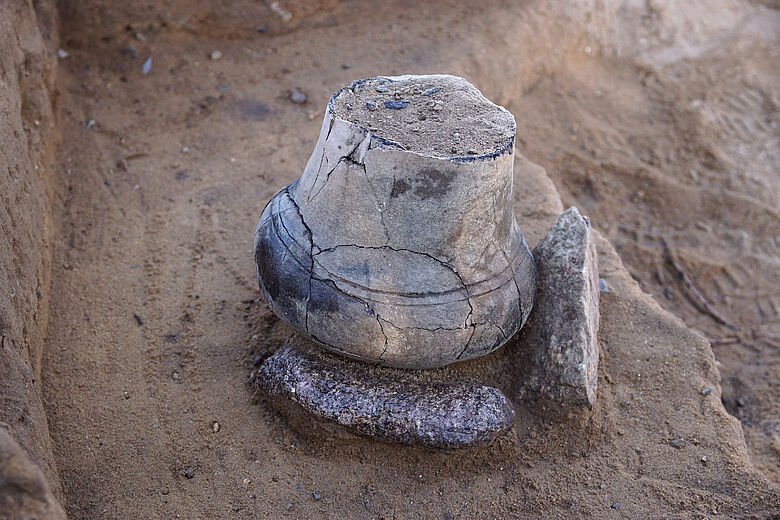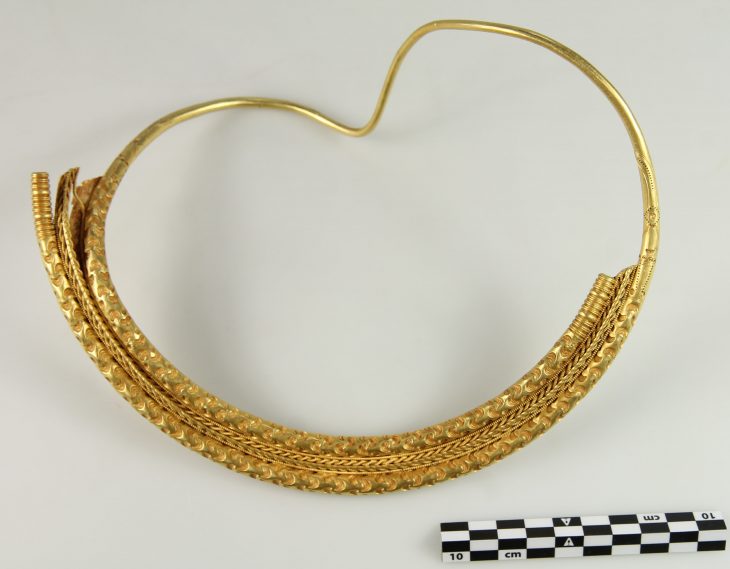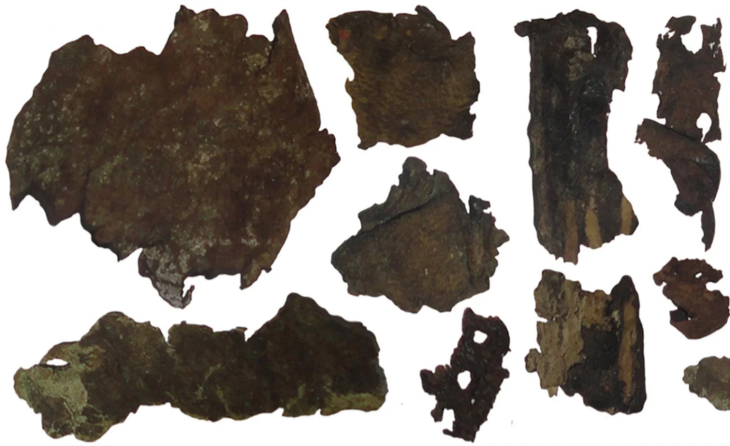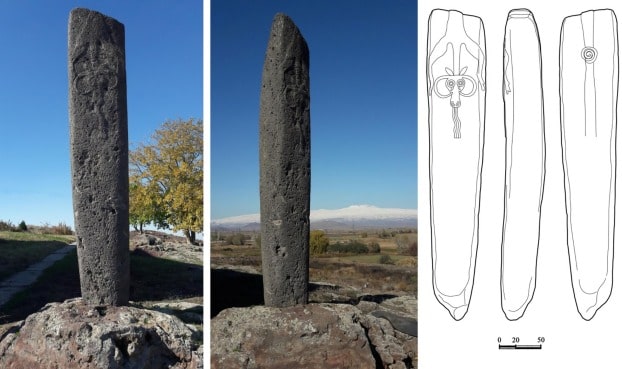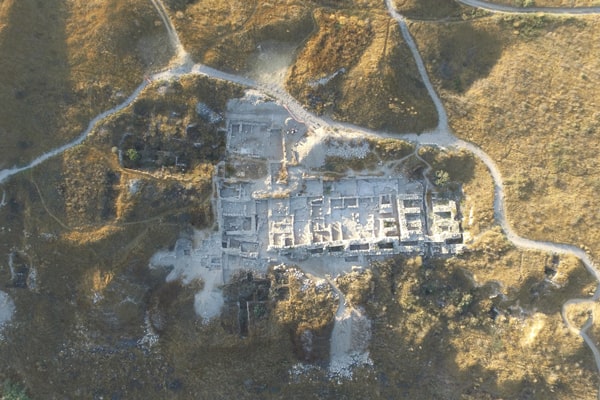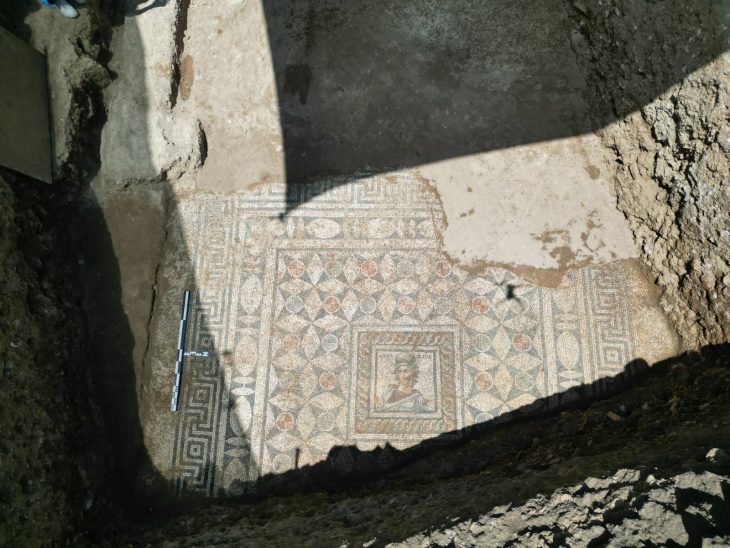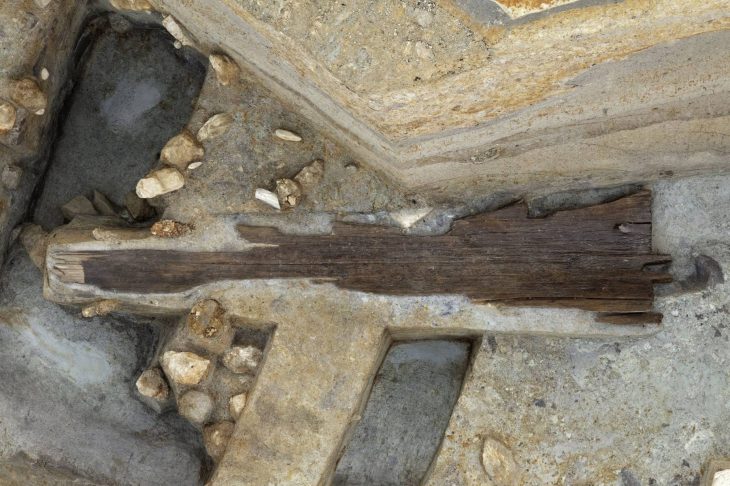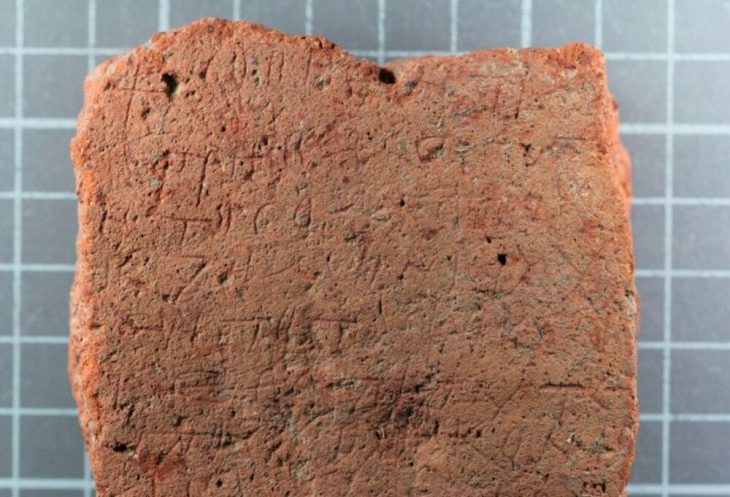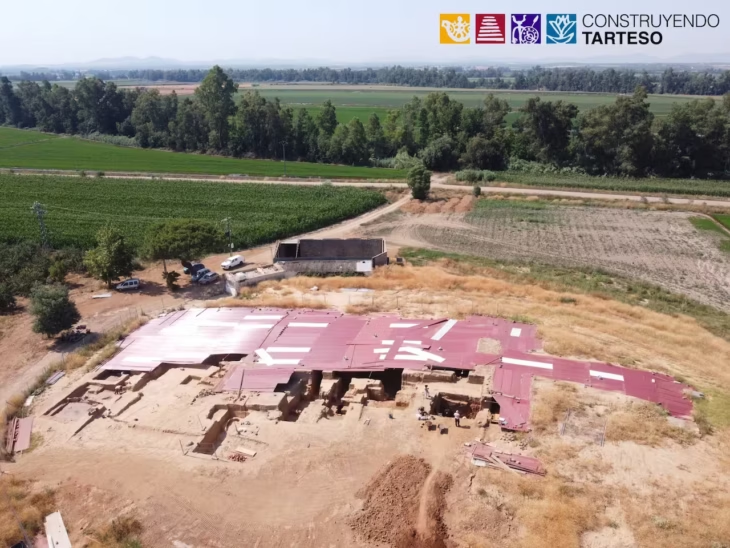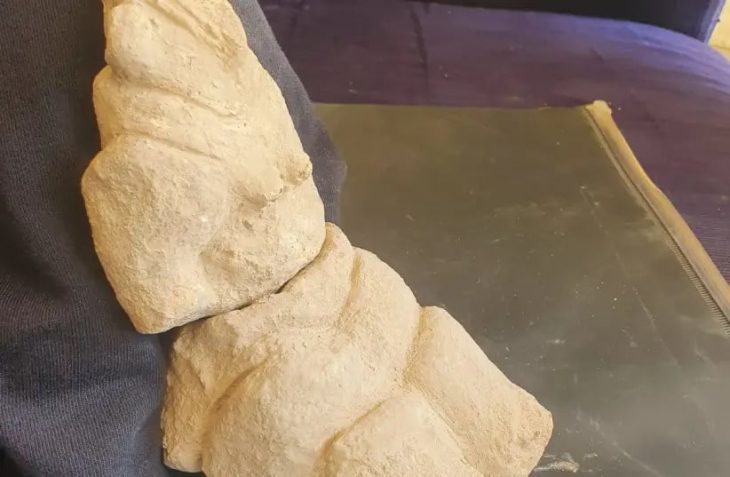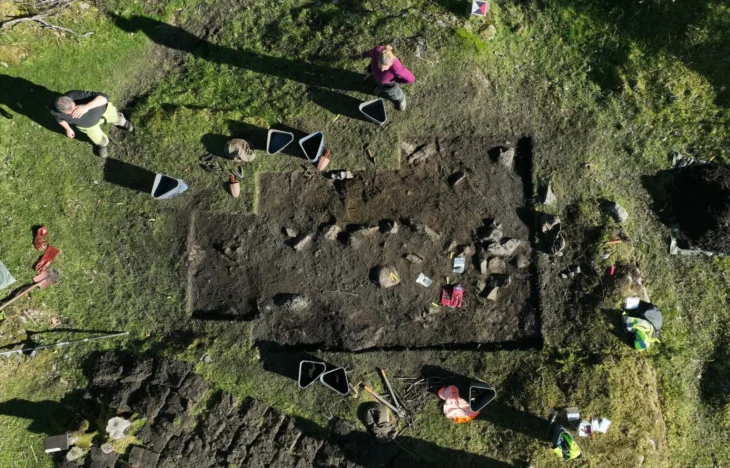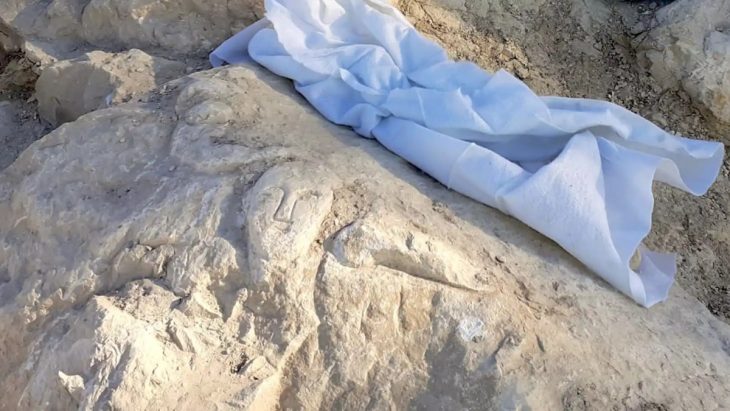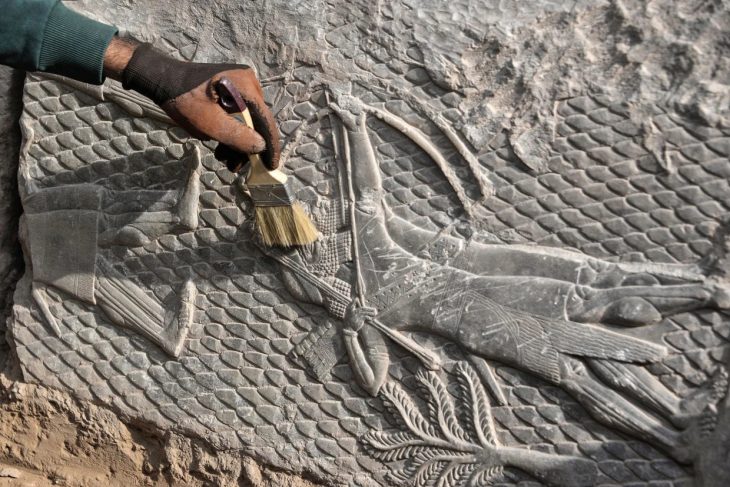What appeared to be an ordinary stretch of County Road 17 between the towns of Moisburg and Immenbeck has turned out to be a significant archaeological site. Excavations conducted by the Hamburg Archaeological Museum, under the direction of district archaeologist Dr. Jochen Brandt, have revealed numerous urns dating back to the Late Bronze Age (1200-600 BC). The discovery was made during the groundwork for a planned drainage ditch.
Urns, essentially vessels, have served as a common practice for containing cremated remains for millennia across various cultures and throughout history. Predominantly crafted from materials like ceramic, stone, glass, or metal, their designs and ornamentation often reflected the cultural beliefs, social status, and artistic styles of the period and the people who used them. Beyond their practical function of holding ashes, urns frequently held symbolic significance, sometimes interred with grave goods or inscriptions intended to honor or accompany the deceased into the afterlife. The archaeological study of urns provides invaluable insights into ancient burial rituals, artistic traditions, and societal structures, offering tangible connections to past civilizations.
While archaeologists were aware of the potential for finds in this area – urns had been discovered along the same road in the 1930s – they were astounded by the well-preserved condition of the recent discoveries. “For the first time in many years, we have succeeded in recovering complete cremations from an intensively cultivated area,” stated Dr. Brandt. He further explained, “Usually, urns have almost completely fallen victim to intensive modern agriculture.”
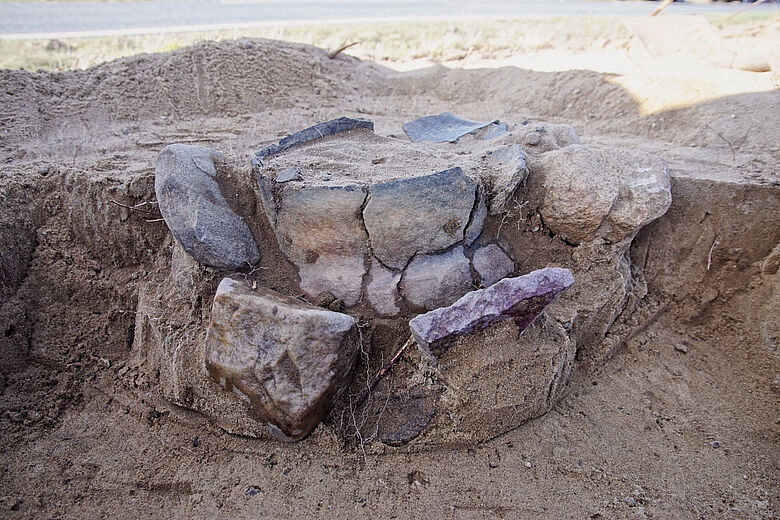
The Hamburg Archaeological Museum, with the valuable assistance of volunteers, unearthed and excavated nearly 30 graves at the site. In line with typical Late Bronze Age burial practices, most of the urns were found nestled within boxes constructed of fieldstones and were originally covered with a single large stone.
“Unfortunately, and this is also characteristic of the period, very little besides the cremated bones of the deceased is found within the urns,” Dr. Brandt noted. There is hope, however, that scientific examination of the cremated remains – the ashes left after cremation – will yield further information. Funding is currently being sought to analyze these remains, which could potentially reveal the gender and age of individuals who lived approximately 3,000 years ago.
📣 Our WhatsApp channel is now LIVE! Stay up-to-date with the latest news and updates, just click here to follow us on WhatsApp and never miss a thing!!
The archaeological excavation was undertaken by the Hamburg Archaeological Museum in its capacity as the responsible scientific institution for the professional preservation of archaeological monuments within the Harburg district.
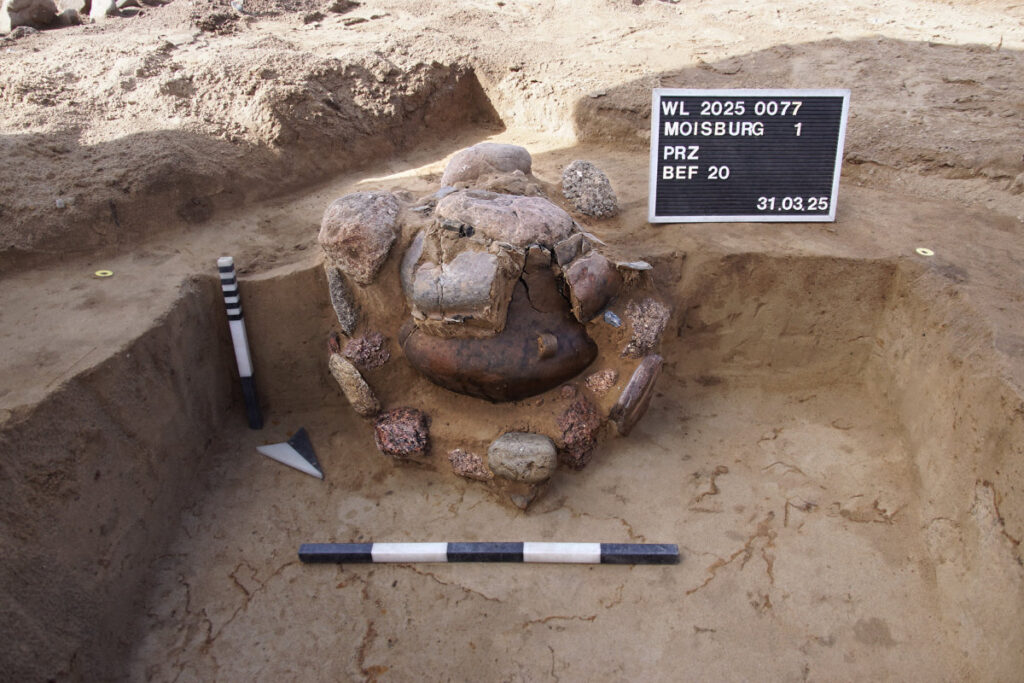
The discovery was made in the context of a construction project aimed at improving drainage along the K17 between Moisburg and Immenbeck. The project, which commenced at the end of March, involves the creation of a new, deeper road ditch. Rainwater will be directed into the ground via an infiltration basin, with a settling basin built upstream to capture pollutants. As part of the project, 35 new small-leaved linden trees will replace those that were felled. The construction work is anticipated to take around four months, while the archaeological excavations have now been completed.

